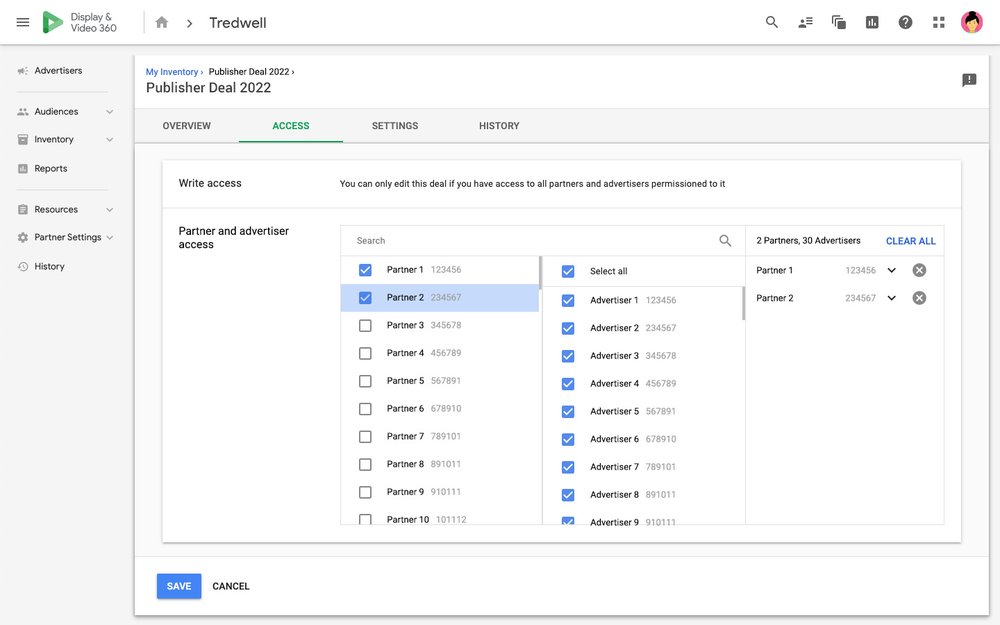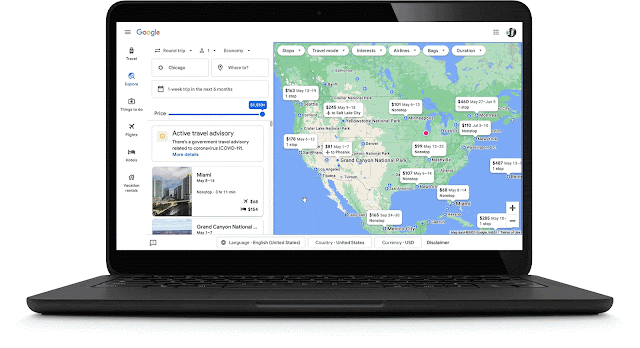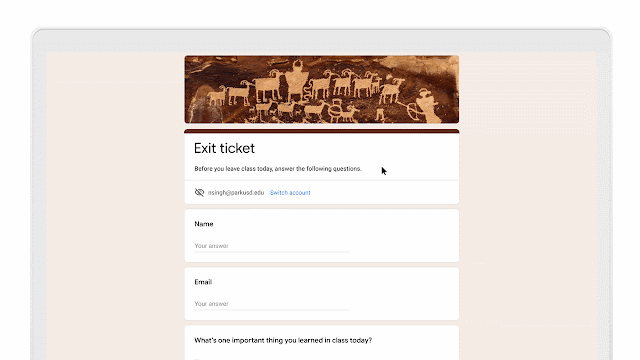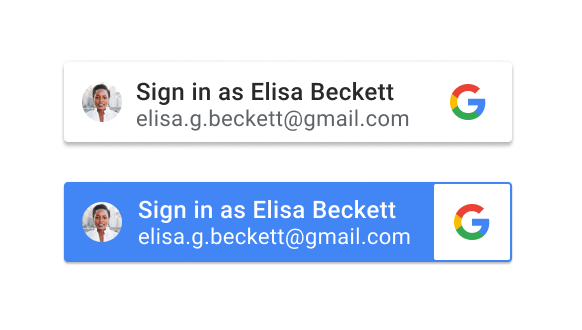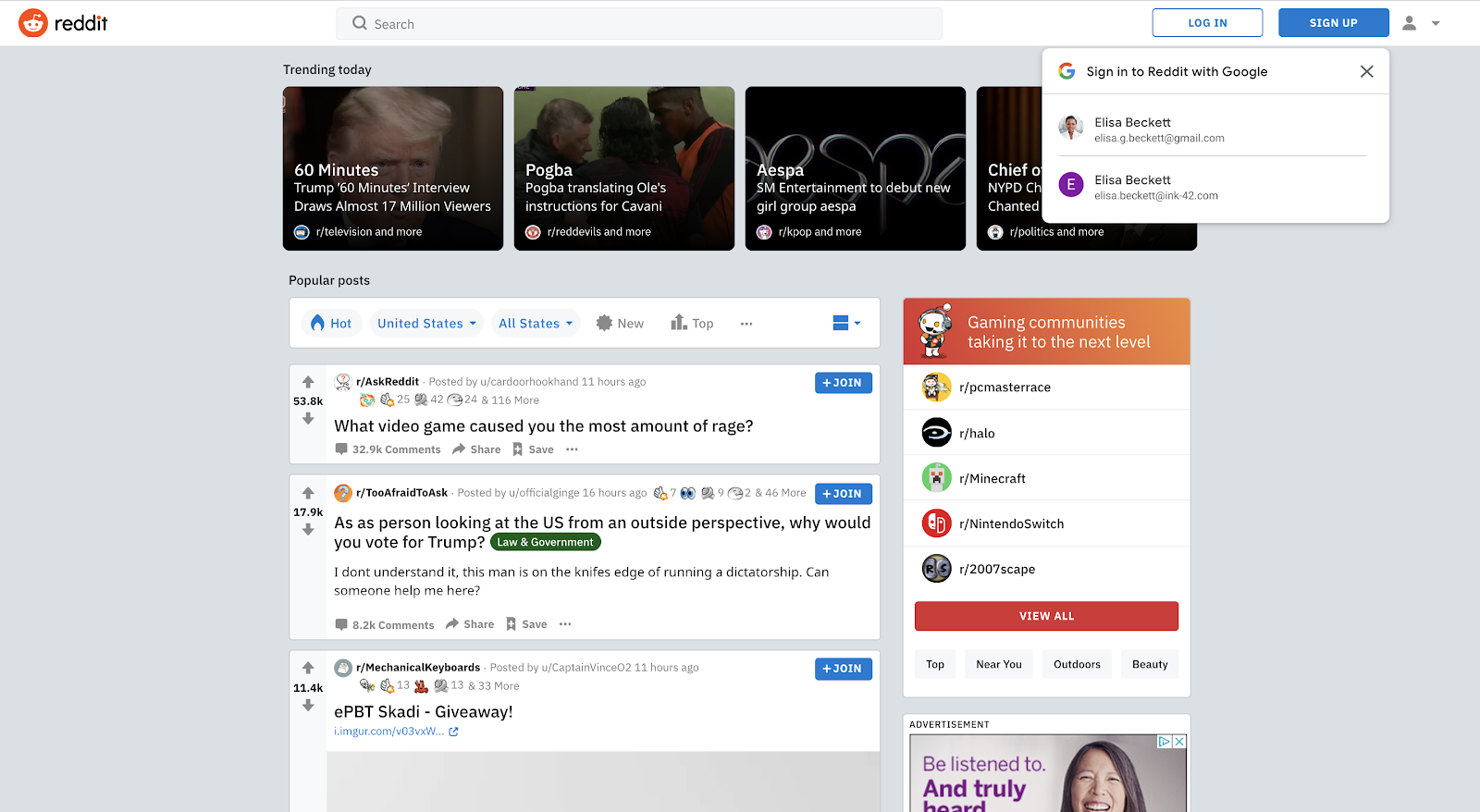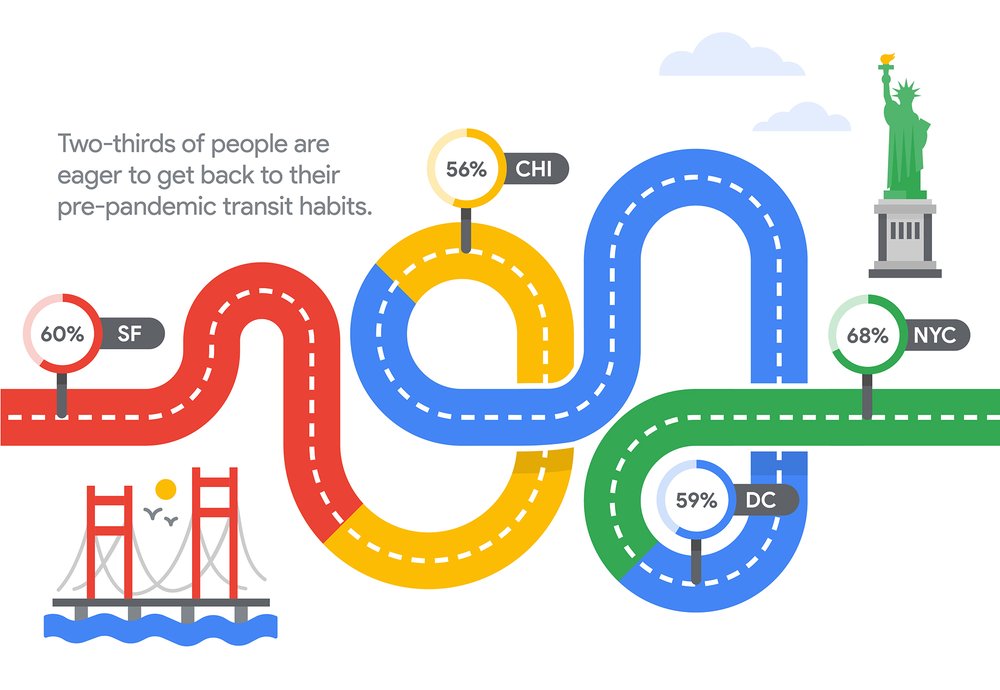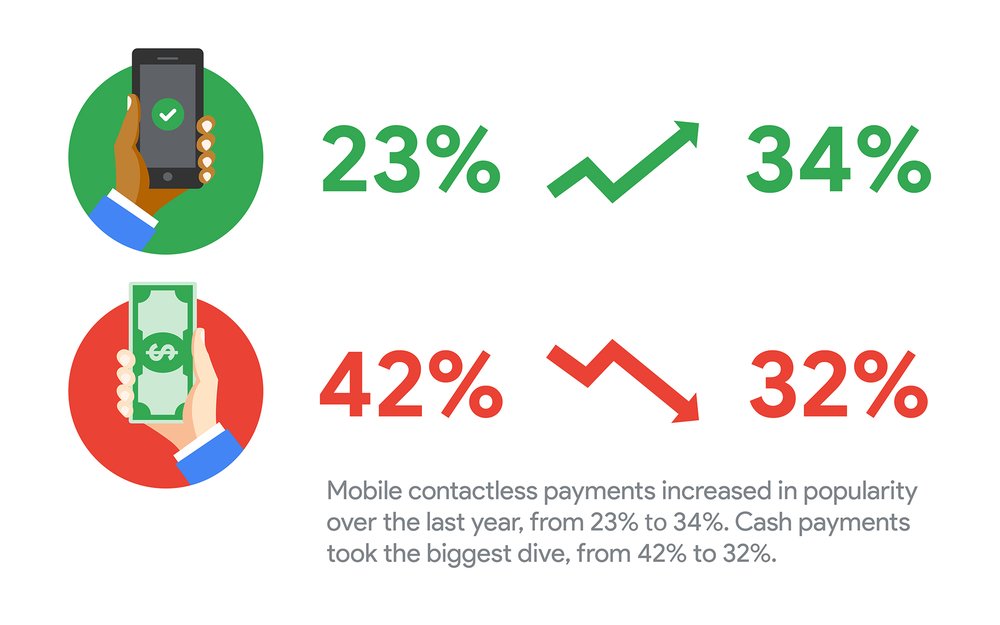for fully-vaccinated Canadians start to loosen, many people are taking all of their stored-up holiday dreams and are starting to plan vacations again.
We’re seeing more searches in Canada for travel-related destination information — like
travel restrictions by country and
where to travel, which both recently hit all-time highs. As Canadians start to re-engage with the travel industry, we were curious to see how their plans are coming along. Do Canadians want to plan a trip within the country, or are they ready to travel abroad? What are some of the top spots they want to visit? We took a look at what Canadians are searching for as they get back to planning their next trip.
Where Canadians are looking to travel
When it comes to travelling locally or abroad,
search interest for both international and domestic travel is starting to climb, with a steady uptick starting in June. In fact, Canadian search interest for both international and domestic travel are reaching all-time highs.
And as many workplaces across the country switch to remote models, we’re also seeing a rise in a new type of travel -
staycations and
workcations. Over the last few months, searches in Canada for staycations and workcations have both hit all-time highs.
When it comes to vacation planning, we took a look at some of the top destinations Canadians are searching for.
Top searched domestic destinations Canadians are searching for in Travel, past month:
- Toronto
- Vancouver
- Calgary
- Montreal
- Niagara Falls
- Edmonton
- Quebec City
- Whistler
- Banff
- Ottawa
“One of the benefits of this pandemic is that Canadians have an increased appreciation for what their own communities and regions have to offer travellers,” says Gloria Loree, CMO, Destinations Canada. “With the recent news of the border reopening plan, our industry is not only excited to welcome back visitors, but we believe Canadians and their passion for what this country has to offer will have a positive impact in influencing decisions to travel to and within Canada. And our research shows that the diversity of our people, landscapes and experiences are just what curious travellers are seeking.”
Top searched international destinations Canadians are searching for in travel, past month:
- Italy
- United States
- Mexico
- India
- France
- Dubai
- Greece
- Japan
- United Kingdom
- Cuba
"As we transition into a period of significant recovery many of our assumptions on the rebuild are coming to fruition. Domestic flight demand has seen steady increases over the past few months and we're seeing strong demand for international travel, such as Europe and sun destinations, as travel restrictions are expected to decrease. We're excited to welcome back travellers in greater numbers" says Mark Nasr, SVP, Products, Marketing and eCommerce at Air Canada
As Canadians begin to plan, here are the top questions they’re searching for:
- Who can travel to Canada?
- When can Canadians travel to the US?
- Where can Canadians travel?
- Where to get a PCR test for travel?
- What is considered essential travel?
International interest in travelling to Canada is on the rise
When you look at search interest to Canadian destinations, more and more international tourists are starting to consider
travelling to Canada.
Top 10 Canadian destinations most searched by the world (excluding Canada) in Travel, past month:
- Toronto
- Vancouver
- Banff
- Niagara Falls
- Montreal
- Calgary
- Ottawa
- Victoria
- Jasper
- Edmonton
If you're ready to plan a trip, here are a few updates to keep you informed on the latest travel guidance and explore potential destinations.
Stay up to date on travel guidance
When you look for travel information like flights, hotels or things to do, Search will let you know if there are
COVID-19 related travel advisories or restrictions for your destination. Now, we’re adding more travel restriction details, like whether you’ll need to quarantine upon arrival or provide proof of test results or immunization records.
You can now also track travel advisories or restrictions for your destination and get email updates. If you are signed into your Google account, you can toggle, “Receive an email if this guidance changes.” You'll be notified when restrictions are added, lifted or reduced.
If you use Maps to plan travel, you can use the
COVID layer within the app to see how cases are trending in an area. You can also access quick links to trusted local resources so you’ll know at a glance if there are specific guidelines or restrictions you need to follow.
Get destination ideas for when you’re ready to travel
Where will you go on your first trip when you're ready to travel again? It's exciting to think about, and we've made some updates to Explore to help you get started. Google Flights fans may already be familiar with the Explore map, which shows flight prices for different destinations if you’re flexible on where and when you’re traveling.
Now, Explore has its own tab on
Google.com/travel and has been redesigned so you can browse more than just flights. You’ll see more destinations on the map — including smaller cities and national parks — and if you have a certain type of trip in mind, you can filter destinations for interests like outdoors, beaches or skiing. If you only want to see cities with an airport, select flights only in "Travel Mode." When you pick a destination, we'll show you if there's a travel advisory or restriction and, in addition to the best flights, you’ll see other helpful information for planning your trip, like hotels, things to do, the best time to visit and more.
More choice for travellers with free hotel booking links
For many years, we’ve helped travellers choose the right hotel by providing a list of relevant properties, along with information like reviews, photos and hotel amenities. Hotel booking links have been offered via Hotel Ads, which display real-time pricing and availability for specific dates of travel. We've seen that users find these hotel booking links to be highly useful and partners find them to be a valuable source of potential customers.
We’ve now improved this experience by making it free for hotels and travel companies around the world to appear in hotel booking links, on
google.com/travel. With full access to a wider range of hotel prices, users will have a more comprehensive set of options as they research their trip and ultimately decide where to book.
For all hotels and travel companies, this change brings a new, free way to reach potential customers. And our testing of this new feature shows that all partner types — from individual hotels to online travel agents — benefit from free booking links through increased booking traffic and user engagement.
Whatever type of trip you’re planning (or just starting to think about), we hope these tools will help you make travel decisions with confidence.
Helping you navigate crowds
Before you go, search for your destination on Google Maps, then scroll down on the Business Profile to see how busy a place typically is or how busy it is right now. With busyness information, you’ll know instantly you’re about to face a long line or a big crowd and can adjust your plans accordingly.
Also check to see how crowded your bus, train, or subway car is likely to be — so you’ll know if you’re likely to grab a seat or if you should wait for another train. You’ll be able to see transit crowdedness predictions for over 10,000 transit agencies in 100 countries around the world.
Posted by Marshall Self, Director of Travel and Natasha Walji, Director of Tourism, at Google Canada
